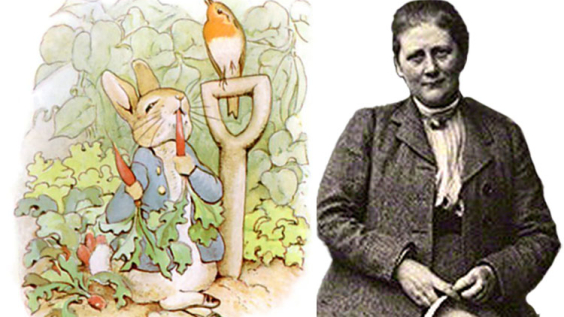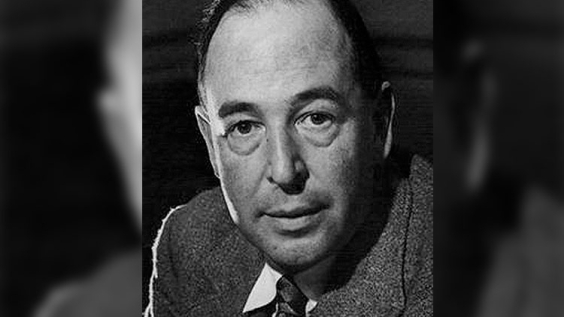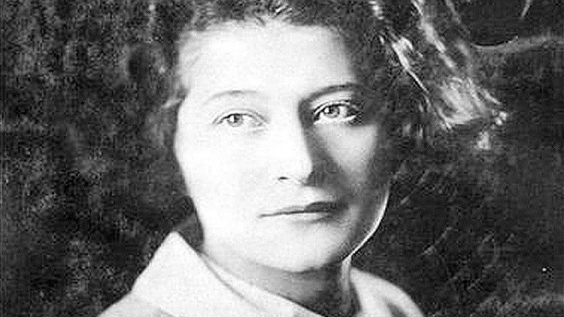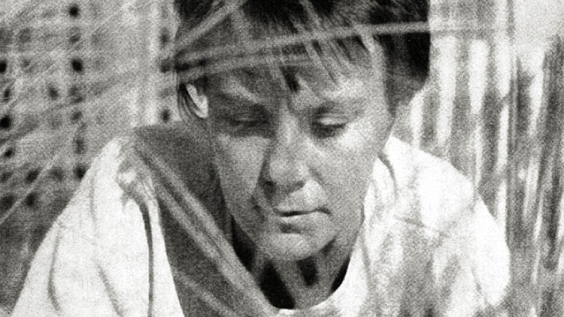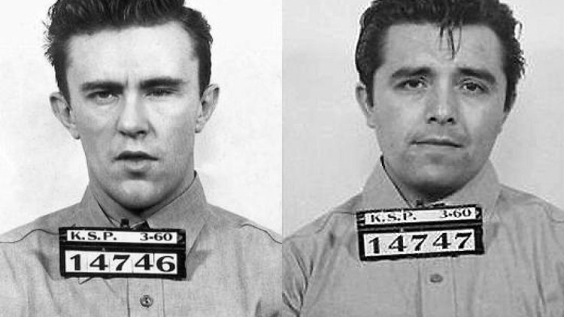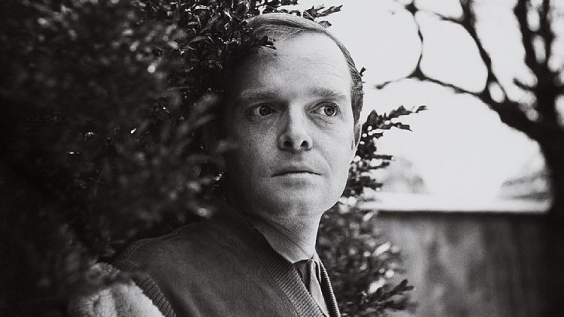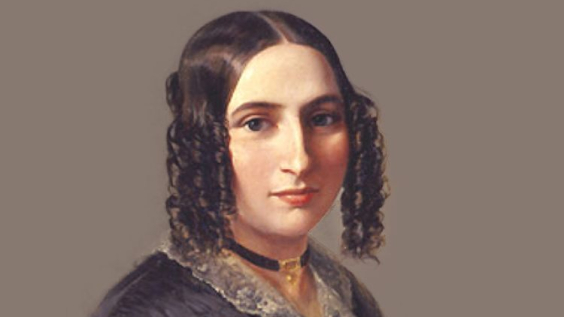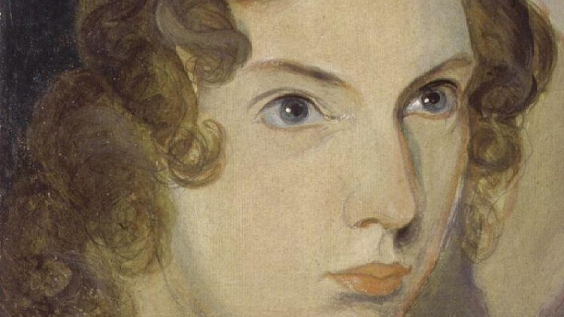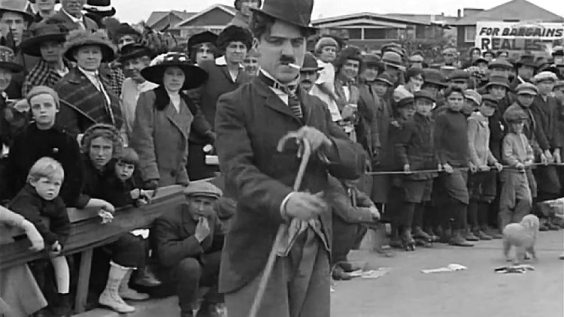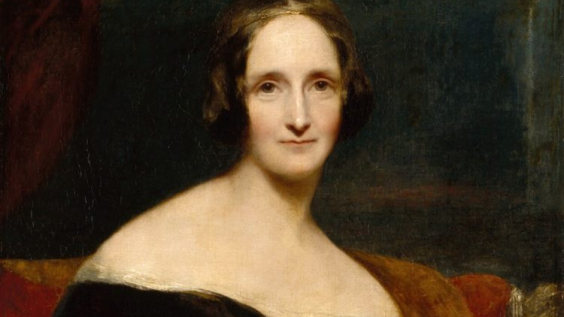
As a child growing up in Regency Manchester, William Harrison Ainsworth had his head filled with tales of highwaymen by his father. His favourite was Dick Turpin.
Expected to join the family law firm, the young Ainsworth was already writing poems, plays and short stories as a schoolboy. He started publishing in literary journals from the age of 16, and by 21 he had moved to London, published a book of poetry, a collection of short stories and his first novel.
But literary success still eluded Ainsworth, and he reluctantly passed the bar. He loathed the work but having married young, he had a growing family to support.
He continued to write; contributing to the new ‘Fraser’s Magazine’, joining a set that included Thackeray, Southey, Carlyle, D’Orsay and Coleridge.
The birth of the ‘Newgate Novel’
In 1831, he began writing a novel entitled ‘Rookwood’, intended to bring new life to the gothic romance by setting the story not in medieval Europe – as was the convention – but in Georgian England.
As gothic novels must have a brigand, Ainsworth’s chose his boyhood hero, Dick Turpin.
Three years later, the publication of ‘Rookwood’ by Richard Bentley turned Ainsworth into a celebrity virtually overnight, creating a fashionable craze for highwaymen fed by penny dreadful knock-offs and unlicensed theatrical adaptations.

Dick Turpin and his horse clear Hornsey Tollgate, in Ainsworth’s novel, ‘Rookwood’. Image credit: Public Domain, via Wikimedia Commons
Although Turpin was not the novel’s protagonist, he was adapted as such by Ainsworth’s massive readership, and many of the Turpin legends (like the famous ride to York) were invented by Ainsworth.
With the exception of John Forster in the ‘Examiner’, who thought ‘Rookwood’ vulgar and socially dangerous, critical acclaim was unanimous and a new genre was spawned, the so-called “Newgate Novel”.
A second edition was soon published, this time with illustrations by George Cruikshank. With Scott two years dead and Dickens still a relatively unknown journalist, reviewers dubbed Ainsworth the natural heir to the throne of letters recently vacated by Scott.
Finally, aged 29, the world was at his feet.
Ainsworth and Dickens
As Ainsworth’s star rose, the young Charles Dickens looked up to him as the ideal of a successful author. Ainsworth, in turn, admired Dickens’ ‘Morning Chronicle’ “sketches” and invited him into his circle.
It was through Ainsworth that Dickens met his first publisher, John Macrone, his illustrator, Cruikshank, and his best friend and later biographer, Forster.
After the success of ‘Sketches by Boz’ and ‘The Pickwick Papers’, both authors commanded roughly equal sales. Alongside Edward Bulwer-Lytton, they were the most popular novelists in England.
Although commercial rivals, they remained close friends, with Dickens and his family regular visitors to Ainsworth’s home.
Ainsworth had followed ‘Rookwood’ with the historical novel, ‘Crichton’, in 1837. This was only a moderate success, and he needed another bestseller, especially as Dickens was now at his heels.

Charles Dickens in New York c. 1867–1868. Image credit: Public Domain, via Wikimedia Commons
He returned to Newgate and the Georgian thief John ‘Jack’ Sheppard, briefly famous for several daring prison escapes. ‘Jack Sheppard’ began its serialisation in ‘Bentley’s Miscellany’ (then edited by Dickens) in January 1839, overlapping with ‘Oliver Twist’.
As both serials were illustrated by Cruikshank and depicted young boys drawn into the criminal underworld, they became implicitly linked in the minds of their common audience.
Victorian change in times
When Bentley published ‘Jack Sheppard’ as a novel in October, sales eclipsed even that of his other hot property, ‘Oliver Twist’. “For a time”, recalled Henry Vizetelly, “Dickens’ star paled.”
8 theatrical versions took the London stage by storm; in response, satirists Theodore Martin and William Aytoun (‘Bon Gaultier’) set out to:
open people’s eyes to the dangerous and degrading taste of the hour.
With Victoria now on the throne, the times had changed since ‘Rookwood’.
Thackeray similarly satirised the Newgate novel (in which he included ‘Oliver Twist’), in a ‘Fraser’s’ serial called ‘Catherine’ based on the Georgian murderer Catherine Hayes.
The narrative was frequently interrupted by tirades about the current fashion for criminal romance, including the suggestion that ‘Jack Sheppard’ and its theatrical adaptations could turn impressionable working-class boys to a life of crime.
 Listen Now
Listen NowSensing blood in the water, and angry that ‘Jack Sheppard’ was out-performing ‘Oliver Twist’, Forster wrote a similarly damning review in the ‘Examiner’, conflating Ainsworth’s novel with the plays, over which he had no control nor received any royalties.
Like Thackeray, Forster concluded by suggesting that the dangerous classes could easily be inspired to criminal acts by the story.
The ‘Newgate Controversy’
A moral panic – the ‘Newgate Controversy’ – was escalating. Although it initially did Ainsworth’s sales more good than harm, his name was becoming increasingly linked with the broader middle class anxiety about rising crime and the new urban working class.
According to Mary Russell Mitford:
All the Chartists in the land are less dangerous than this nightmare of a book.
This theory was apparently borne out on 5 May 1840, when retired M.P. Lord William Russell was murdered in his bed by his valet, François Courvoisier, who claimed to have got the idea by reading ‘Jack Sheppard’.
The ‘Examiner’ ran a smug editorial which concluded:
If ever there was a publication that deserved to be burnt by the common hangman, it is ‘Jack Sheppard’.
The book continued to sell, while its author became a pariah. Despite his continuing to maintain a strong public base, critics were still denouncing ‘Jack Sheppard’ a generation later, its stigma poisoning everything Ainsworth subsequently wrote.
Dickens, meanwhile, kept his head down and his powder dry. He finally broke cover in a new preface added to the 1841 edition of ‘Oliver Twist’, arguing persuasively that his was a work of social realism not a jaunty criminal romance.
According to Dickens, the Newgate Controversy offered no reason for an author to abandon the subject of crime and social deprivation, providing it was authentic and served a moral purpose.

Caricature of William Harrison Ainsworth. Image credit: Public Domain, via Wikimedia Commons
The critical establishment agreed, while continuing to pillory Ainsworth for making it all such fun. The moral panic that Dickens had feared could wreck his career had affirmed it, and the rest, as they say, is history.
The Victorian critics never forgave him for Jack Sheppard, and after his death he was simply edited out of literary history.
As he himself said of Forster’s Life of Dickens, “I see he only tells half the story.”
Dr. Stephen Carver is a literary historian, editor and novelist. For 16 years he taught literature and creative writing at the University of East Anglia, spending three of those years in Japan as an associate-professor of English at the University of Fukui. His latest book, The Author Who Outsold Dickens, is published by Pen & Sword Books.




